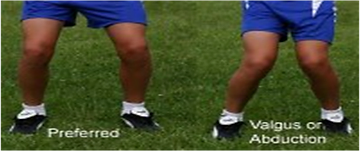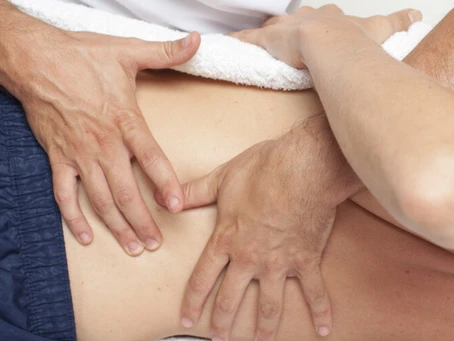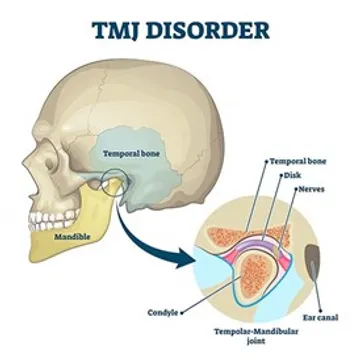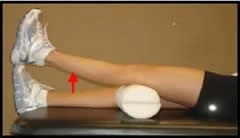Almost everyone involved in sports has heard of the dreaded ACL injury, but few know what it actually is or how to prevent it.
So what is an ACL? ACL stands for anterior cruciate ligament and is a ligament that runs in the center of your knee. Its function is to stabilize the knee joint in rotation and prevent forward movement of your shin bone (tibia) on your thigh bone (femur).

Most people think that in order to get an ACL injury, someone must be hit really hard at a bad angle, however only 20% of ACL injuries actually occur through direct contact. 80% of ACL injuries are non-contact, such as landing from a jump, rapid side cutting, or rapid changes in direction. Therefore it is very important to understand the risk factors that lead to non-contact ACL injuries. One important risk factor is gender. Women have a much higher incidence of ACL injuries. This may be due to anatomy and hormonal influences. This risk, as well as things such as playing surface or weather, cannot be altered. However biomechanical and neuromuscular factors can. These can include knee position during movement and muscle strength. Take a look at these two knee positions:

The one on the right has a significantly greater risk of injuring their ACL due to the stress on the ligament in this position. Add to that a high velocity change in direction on a turf field with a cleat, and the force at the knee is even higher.

So what can we do to prevent these injuries? It becomes incredibly important to strengthen various muscles around the hip and knee to limit poor movement patterns. Most easily this is done with instructions from a trained professional. These instructions should be personalized to each individual, however some instructions can be fairly universal. For example, by simply explaining to people during a jump and land exercise to land with more knee flexion, force at the knee is decreased causing less stress on the ACL. However, the position of the knee is also important. It needs to bend with the knee over that persons toes (as in the first knee position previously), not between their feet (second position). In side-cutting situations, having more trunk rotation towards the direction of cut, and having less rotation at the knee, leads to significantly less stress through the knee, thus reducing ACL injuries.
These instructions, combined with appropriate sport training and strengthening will lead to a significant reduction in ACL injury risk. The right combination of strength and movement training should be individualized to each person to get the greatest benefit.
If you have any questions, give us a call, 905-240-9355!
Cheers,
Brody






